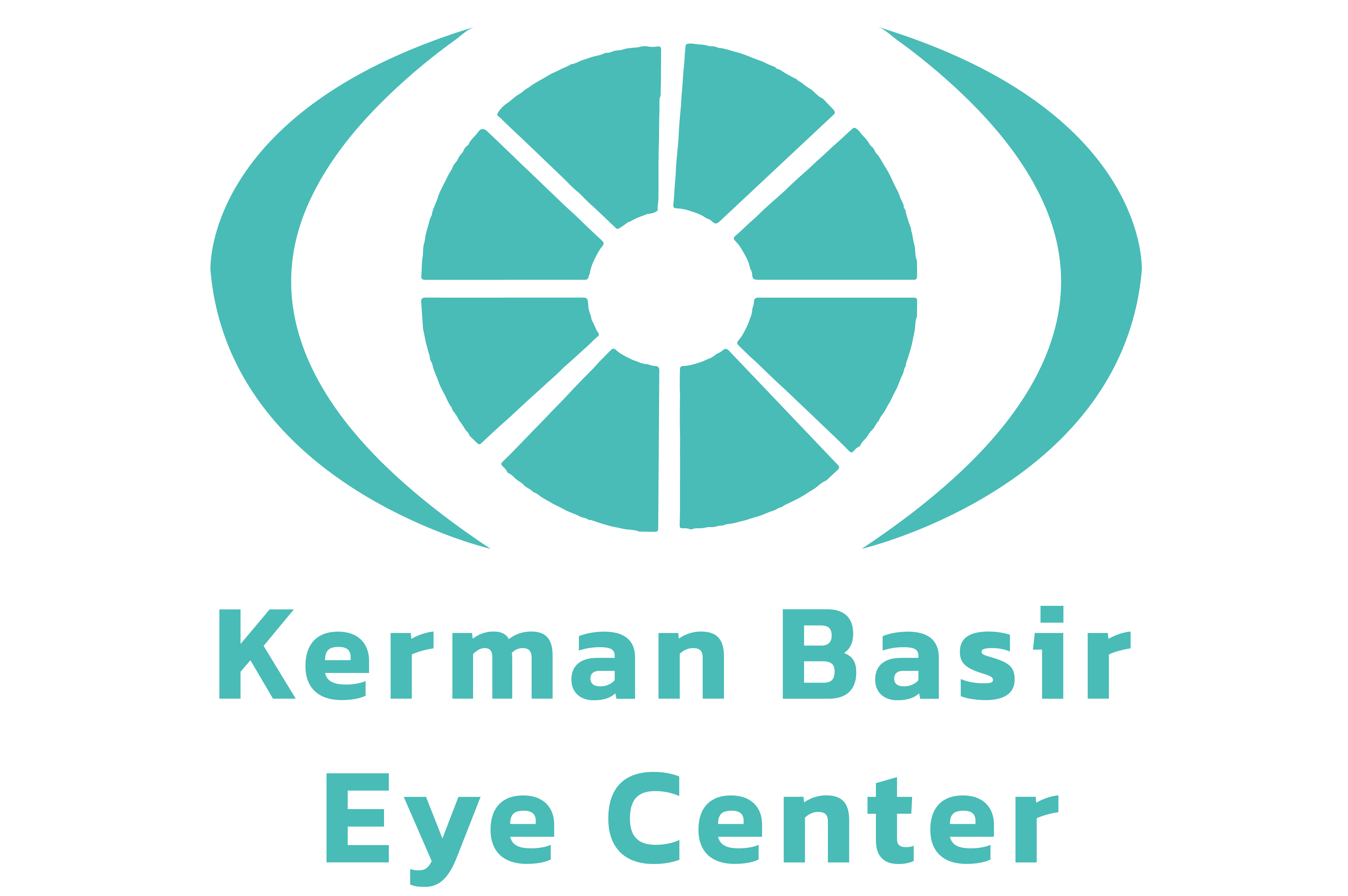What is pterygium and how is it created?
Pterygium is one of the common eye diseases and is caused by people who spend a lot of time in sunny and polluted environments. The pterygium is formed as a tissue, often pink, along the eyelid and inside the eye. This complication is a triangular lesion that extends from the conjunctiva to the cornea. In fact, pterygium is caused by the growth of connective tissues and conjunctival vessels. This tissue starts from the corners of the eyes and near the nose and extends to the cornea. Depending on its location and size, problems may arise in a person’s vision.
This extra tissue gradually covers the conjunctiva. If it reaches the cornea of the eye, it can affect a person’s vision with disorders such as blurred vision and double vision.
At first, the affected person only feels the presence of a foreign body in the eye. If the disease is not controlled and treated, the shape of the cornea changes from circular to oval, leading to astigmatism and blurred vision. Pterygium is caused by the growth of connective tissue and conjunctival vessels.
As mentioned before, this disease is not serious and dangerous, but it may be unpleasant for the person. The feeling of the presence of a foreign body inside the eyes, as well as the redness and permanent inflammation, is somewhat annoying. There is no need to worry if you get this disease, because pterygium is easily treatable.
Causes of pterygium
> Excessive exposure to the sun’s ultraviolet rays: according to research, people who live in tropical and tropical regions are more likely to suffer from pterygium. This is due to direct and intense sunlight.
> Dry eyes: People who suffer from dry eyes or have a history of dry eyes are usually more likely to suffer from pterygoid disease.
> Exposure to stimuli such as dust, wind, smoke: dust, sand and wind can cause this disease and aggravate its condition by aggravating the symptoms.
> Not using standard sunglasses in conditions where there is a lot of ambient light (cloudy weather, snowy weather, welding light, etc.)
> Family history: Some researchers believe that people who have a history of pterygoid disease in their family are more likely to develop this condition.
Treatment methods for pterygium
As mentioned at the beginning, if the size of the pterygium is small and the person’s symptoms are mild, it can usually be treated using artificial tear drops. In case of burning, itching, redness or vision problems, other treatment methods are used. Below are some of these items:
Using moisturizing eye drops or ointments
Using eye drops to relieve inflammation and redness
Using special steroid drops to reduce symptoms of redness, itching, swelling, pain, etc.
In the stage where the growth of the pterygium inside the eye is high and the use of the methods mentioned above was not effective and also affected the vision and appearance of the eye, the ophthalmologist surgically removes the pterygium lesion from inside the eye.
Care after pterygium surgery
Some measures and care after pterygoid surgery:
> Medicines prescribed by the ophthalmologist must be taken regularly and completely.
> It is necessary for people to wash their hands well before touching the eyes and their surroundings.
> Avoid applying pressure and impact to the eye and its surroundings and do not rub your eyes.
> Make-up on the eyes and around it is prohibited for at least 2 weeks.
> Avoid washing the eyes.
> Considering that people become sensitive to light after eyelid surgery, we recommend you to use standard sunglasses.
> After pterygium surgery, the feeling of itching in the eye and its irritation, blurred vision, etc. are normal. If you see any unusual symptoms or other symptoms that cause discomfort to people, it is better to consult your doctor.
> In case of pain and discomfort after the operation, you can use painkillers and painkillers according to the doctor’s order.
> If you are taking any medication, consult your eye doctor to temporarily stop your medication. After the operation, the ophthalmologist prescribes the drugs again.
> Ask your doctor about the best time to shower after the operation, because it should be noted that soap and water should not enter the eyes for several weeks after the operation.
> To lift heavy objects, it is better to be careful for a few weeks after the operation, or to lift objects while sitting and with a stable body position.
> Avoid putting your feet above the body level for at least 2 weeks.
> Avoid exercise for weeks after pterygoid surgery. It is better to consult your doctor regarding the time to return to sports.
